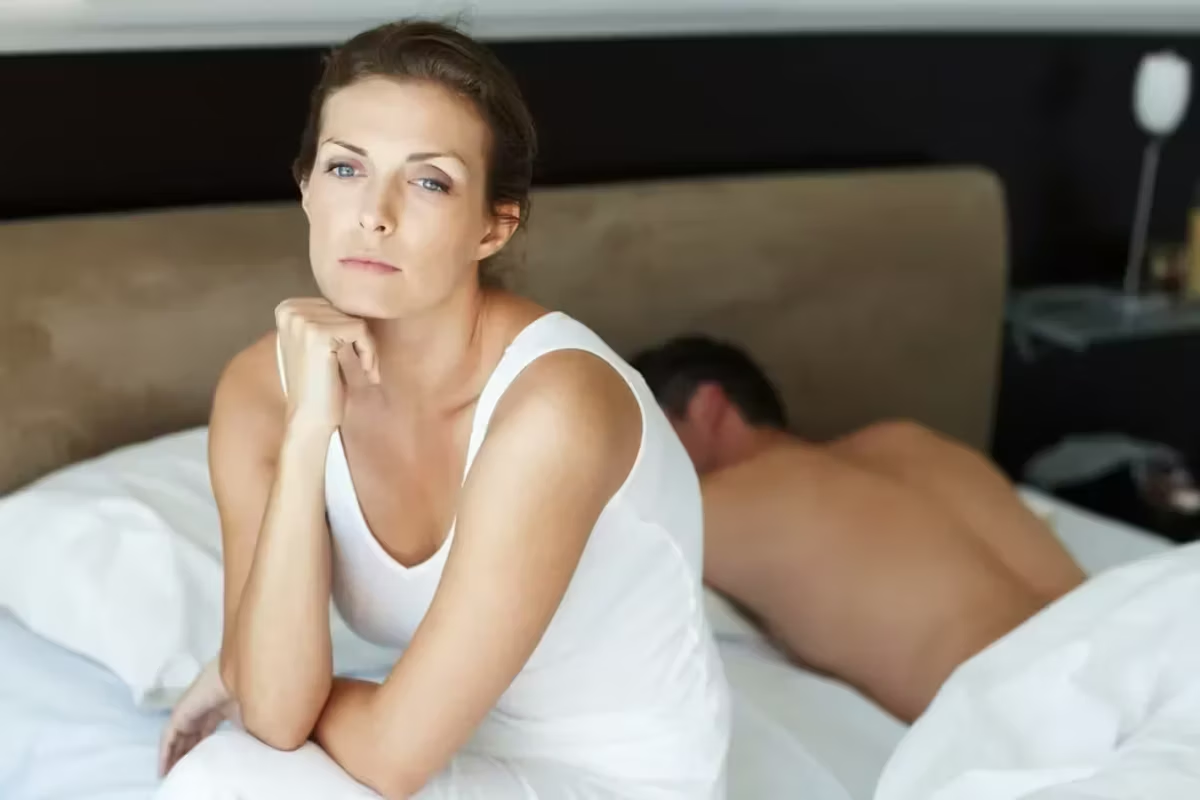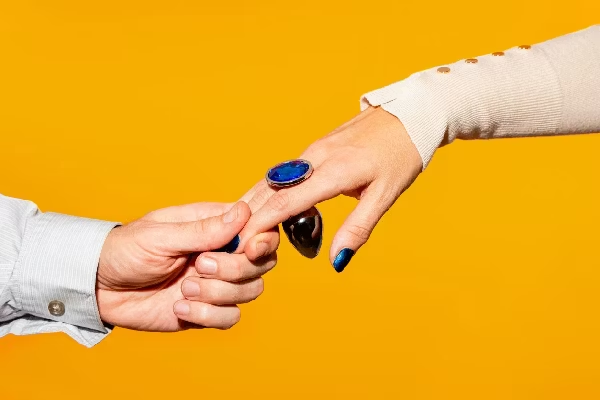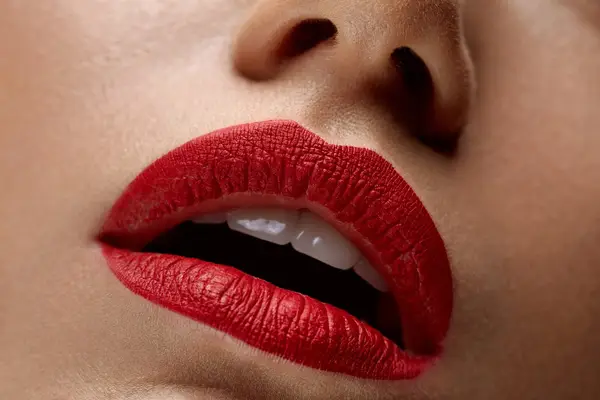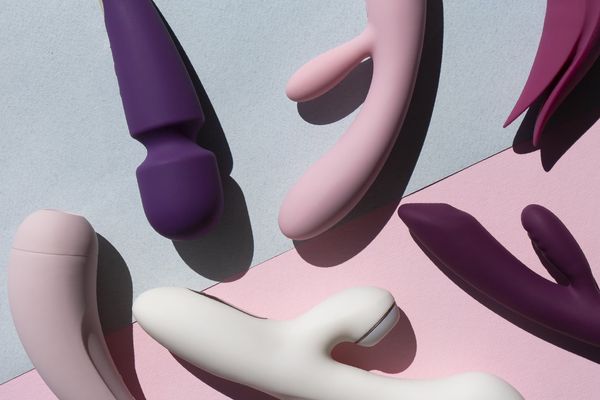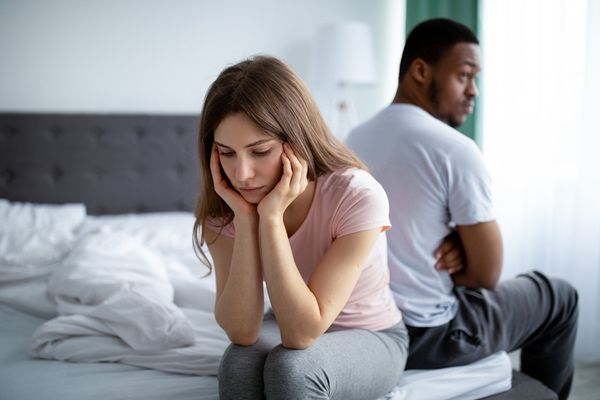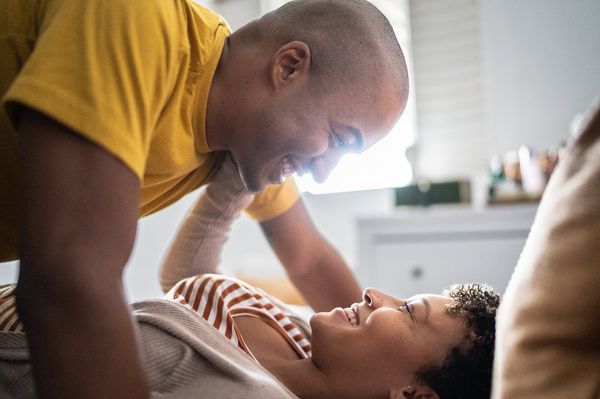It's Friday night and your partner wants to celebrate the start of the weekend with some bedroom activity, but you're really not in the mood. You feign a headache and bury your head in the pillow. Sex is just not in the cards—yet again.
Nearly half of premenopausal women (ages 30-50) say they've experienced low sexual desire at some point in their lives, according to a recent survey supported by HealthyWomen and Palatin Technologies, Inc.
Symptoms of low sexual desire include:
- Lack of sexual thoughts
- Lack of sexual desire that cannot be attributed to any other physical or psychiatric condition or to any medications
- Distress due to lack of sexual thoughts or desire
- Strain on relationship with partner due to lack of sexual thoughts or desire
If you suffer from one or all these symptoms, you're not alone. According to the survey, which included 906 premenopausal women, 46 percent experienced low sexual desire. Of these, about six in 10 were distressed about their dulled cravings for sex.
Why such distress? The survey found that 85 percent of women ages 30 to 50 think low sexual desire hurts the level of intimacy in their romantic relationships. And of these women, 66 percent think low sexual desire negatively impacts their communication with their partners.
But why do you have no sex drive? Find out some common reasons why you may be having no sex drive.
ONE
You're drunk.
Yes, alcohol can relax you and take away your inhibitions. However, too much alcohol can act as a depressant. It makes you tired and unresponsive to your partner's touch. Monitor how your drinking affects your libido. Everyone's level of how much liquor they can handle is different. Figure out how much alcohol you can tolerate so your night in the bedroom goes as planned.
TWO
You're going through menopause.
Estrogen levels drop during the transition to menopause. And that can cause decreased interest in sex and dryer vaginal tissues, resulting in painful or uncomfortable intercourse. Yes, many women have satisfying sex during menopause and beyond, but it can be common to have a decrease in sexual desire around this time.
THREE
You're tired.
Job, kids, housework. Plain and simple, you're too exhausted and fatigued to think about getting it on. Frankly, you and your body need and want sleep more than sex. Make sure you get enough shut-eye so you're good to go tomorrow night.
FOUR
You're stressed.
You're swamped at work. You have a million things to do on the homefront. It's tough to instantly switch gears so you can get down and dirty. Do your best to reduce stress triggers so you can lose yourself in the moment. Maybe that means shipping the kids to Grandma's for the night. Or hitting the gym before you head home. Perhaps you need to journal about your woes. Find the best way for you to handle your stress so you can enjoy yourself in bed.
FIVE
You're suffering from low self-esteem.
You feel anything but sexy after your baby spits up on you. It's not surprising that you don't want to take your clothing off. Remember that your partner doesn't notice that cellulite on your thigh or that your hair isn't perfectly straight—or has a spit-up odor—today. He just wants to hit the hay with you. Try exercising to boost your self-confidence in your body.
SIX
You're pregnant or just had a baby.
Hormone changes during pregnancy, just after having a baby and during breastfeeding can decrease your sexual desire. Plus, you're dealing with tiredness from carrying or caring for a baby and tackling body image issues from being pregnant or trying to lose your baby weight. Schedule some sexy time on the calendar instead of waiting for the mood to strike. Some sex is better than none, so make it a habit to prioritize sex in your marriage.
Many women are hesitant to talk about their sexuality with their partners or their health care professionals. Don't suffer in silence. Problems with sex are common and can often be worked out by educating yourself about the issue and finding professionals who are trained to help. It's also important to be honest with and involve your partner. When the problem is life-disrupting, causes trouble in your relationship or includes physical pain, talk with your health care professional.
- Diminished Sex Drive Caused by Menstruation ›
- Is Your Low Sex Drive Ruining Your Relationship? ›
- Understanding Your Sex Drive: When One of You Wants It More ›

